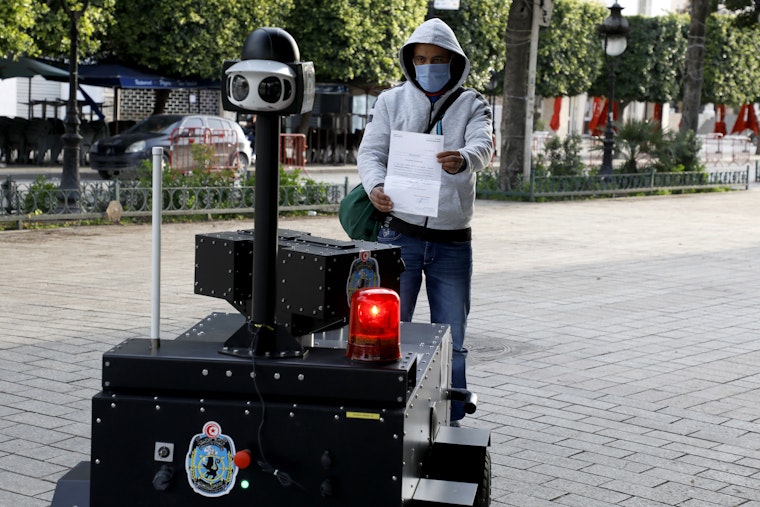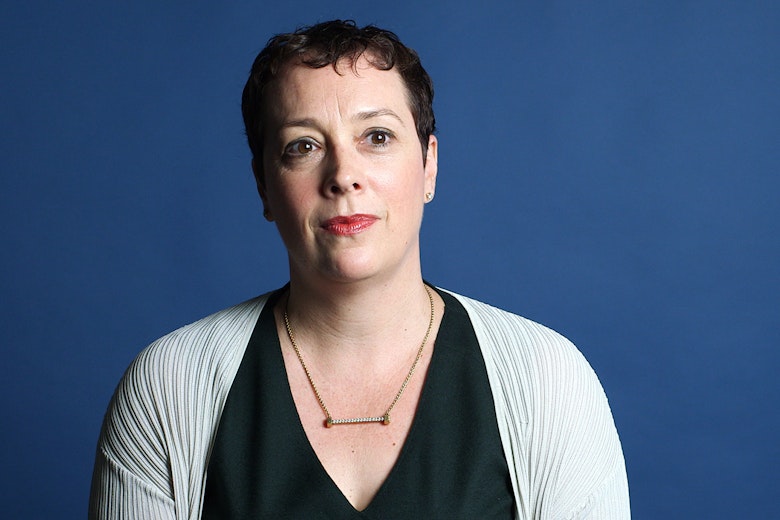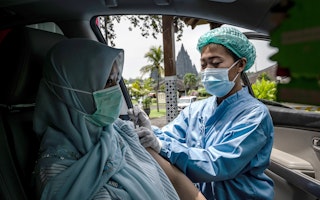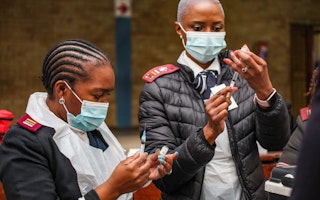Q&A: Watching the Watchers during a Pandemic

In the name of countering the spread of COVID-19, governments are investing in an unprecedented expansion of the use of surveillance technology around the world. Open Society’s International Migration Initiative’s Monica Greco spoke to Albert Fox Cahn, the executive director of the Surveillance Technology Oversight Project, about how effective these surveillance efforts have been in curtailing the spread of the disease.
When it comes to containing COVID-19, how are governments using surveillance?
We have seen a lot of alarming surveillance practices from China, in particular, which has used broad-based location tracking to monitor compliance with quarantines, and to identify individual travel practices. The Chinese have even created a new artificial intelligence-driven system to determine if people can leave their homes, go to work, and even access transit.
In Singapore, authorities use the app TraceTogether to create contact logs via Bluetooth beacons. In Italy, Austria, and here in the U.S., meanwhile, telecom companies give government officials reports on the public’s movements and compliance with stay-at-home orders. And in Russia, authorities are expanding the use of facial recognition technology to enforce quarantine orders for thousands of foreign nationals and returning travelers.
Is there evidence that these surveillance systems are helping to flatten the curve of infection?
The evidence is very mixed. Some countries have had some of these data collection systems as part of their efforts to flatten the curve, and they have been successful in beating back the virus. But that does not mean that this is why they were successful. They might have had the same result without these technologies. So, we should not jump to the conclusion that these technologies were the reason they were successful.
Can you draw out in detail what this could mean for individuals?
Let’s take the example of Taiwan, where the information is being combined with immigration information, travel history, and financial information.
If we were to follow that example in the United States, it would be a nightmare. There would be millions of people who would be driven further into the shadows if they thought that their health data would be linked to immigration enforcement. We have to have an absolute firewall that says that any info gathered to fight COVID-19 cannot be used for other government operations. But today we don’t have that guarantee.
We have seen with a lot of new forms of surveillance technologies, particularly facial recognition technologies, that there can be pronounced bias in how artificial intelligence operates. We are very concerned that that same bias can be seen in tech used to counter COVID-19.
We can easily see higher rates of false positives for communities of color; for women; for nonbinary individuals; false positives that can lead to people being denied their livelihood or access to medical care. We have to be very skeptical of any tech solution being integrated into health care delivery or diagnostics unless it has been tested for these sorts of biases.
Could you say more about your concerns about how the government might use the info it collects to fight COVID-19?
The U.S. Immigration and Custom Enforcement agency has a history of weaponizing data from governmental and private databases as a part of its immigration operations. They have used private firms such as Palantir to collect huge amounts of data on all of us, to try to identify individuals who are out of immigration status. This is the same firm that has been tapped by the U.S. Centers for Disease Control and Prevention to play a role in collecting info to counter the spread of COVID-19. The use of these firms with their pattern of enabling the worst abuses of the Trump administration should give us all pause.
What else can you tell us about the surveillance technology companies?
We are seeing some incredible claims from for-profit surveillance vendors who see this catastrophe as a chance to make a buck. They are coming forward and claiming that their tool, their system, is the solution to this crisis. But while we hear such claims, we don’t see much data.
We don’t see peer review evidence that these tools are effective at broad-based contact tracing; we don’t see evidence that they function well as a diagnostic test. We have seen one surveillance firm even claim that its thermal imaging cameras can figure out who has COVID-19 by surveying a broad area. But we don’t see their claims backed up by publicly disclosed evidence. And it is certainly not approved by the U.S. Food and Drug Administration.
Indeed, given that it’s only been five years since Theranos blew up, we have to be skeptical about the self-serving claims from surveillance firms who say they can help stop this outbreak.
What can we do to ensure that tech plays a positive role in countering the virus and that it does not create more harm than good?
If we see evidence-based models of deploying technology to help fight the spread of COVID-19, we need to make sure that we have a lockbox that prevents that data from being used for any other purpose. It should not be a part of how we collect taxes; it should not be a part of how we enforce criminal law; it certainly shouldn’t be a part of how we do immigration enforcement.
We need to emulate the model found in the U.S. census, which says it is a federal crime to use any information obtained for the census for any other operation of government. That means that you can’t take the census information and use it to find a fugitive, or to find someone whose green card has elapsed. We need that same level of protection for health information related to COVID-19.
Surveillance Technology Oversight Project is a grantee of the Open Society Foundations.


